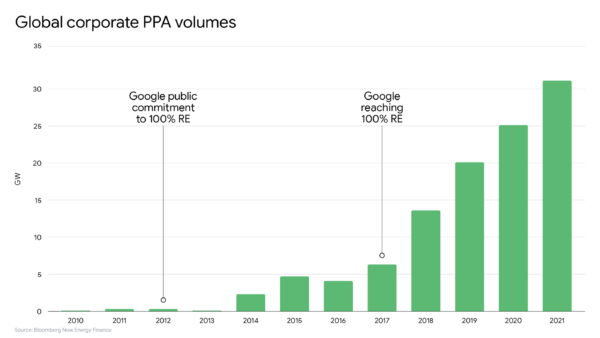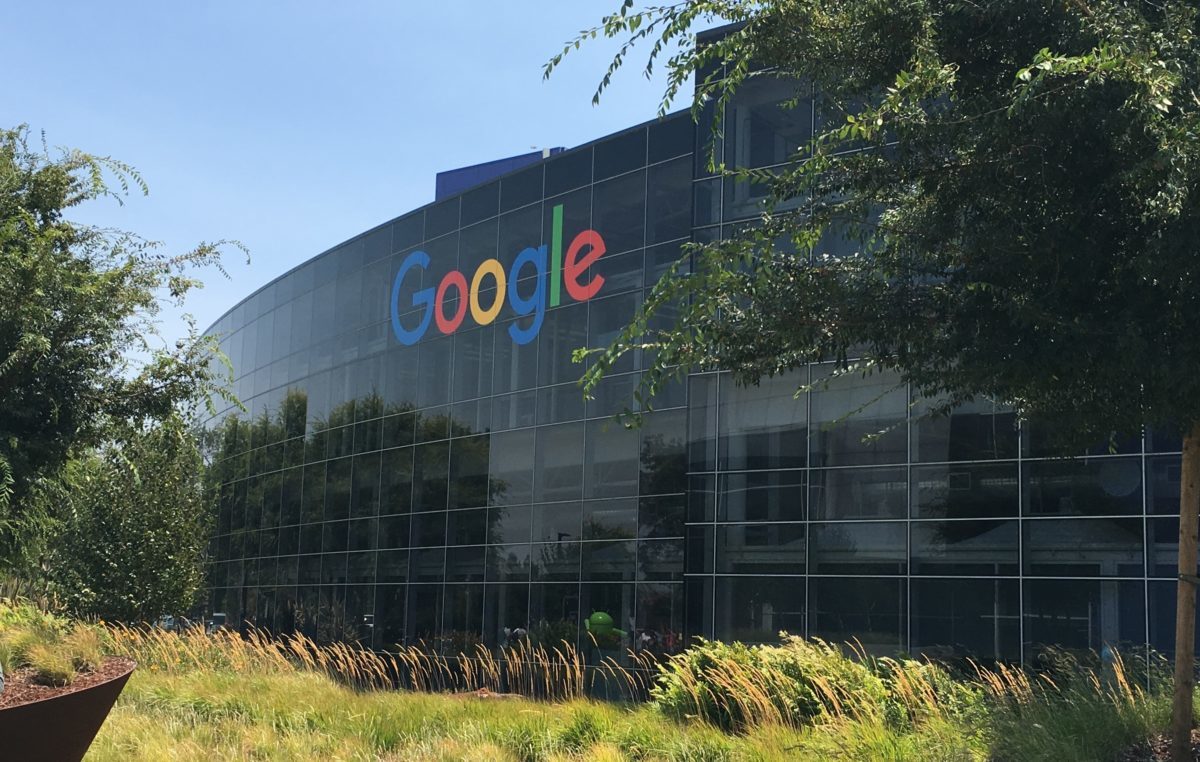Sydney-based company Enosi is working with technology giant Google and the University of New South Wales (UNSW) to advance energy accounting technology to certify 24/7 carbon-free energy.
The last years have seen much talk of companies committing to 100% renewable energy – which, while admirable, almost never means what it says.

While Google has been matching 100% of its operational electricity use with renewable purchases since 2017, the company only used ‘carbon free energy’ 66% of 2021 – meaning renewables actually powered its data centres two thirds of the time, while coal and other fossil generation was still consumed for the difference.
Following on from this discovery, Google set itself a new target of reaching 24/7 carbon-free energy by 2030 and is enlisting Australian companies and research institutes to help it get there.
It will be part of an EnergyTag demonstration led by UNSW’s Cooperative Research Centre, which looks to progress time-based renewable energy certificates.
As part of the trial, Enosi’s PowerTracer software will track clean energy from its source to Google’s Sydney operations and provide real-world case studies to the UNSW Research Centre for analysis.
Time matching renewables
The question of what constitutes green power use is being examined around the world with both the US and Europe moving towards 24/7 time matching – that is, ensuring renewable power is actually used at the time it was generated.
This logical definition is far from the benchmark applied in Australia, where green power use is recognised with certificates which don’t impose limits on either their time of use nor location.
“We’ve separated the characteristics of energy from the energy itself,” Enosi founder and CEO, Steve Hoy, previously told pv magazine Australia.
Aside from being misleading, Hoy believes Australia’s lax standard could prove extremely problematic for its burgeoning green hydrogen export industry.
In 2021, President Biden signed an Executive Order committing the government to use “100 percent carbon pollution-free electricity by 2030, at least half of which will be locally supplied clean energy to meet 24/7 demand.” More broadly, the US is targeting a carbon pollution-free electricity sector by 2035.
Meanwhile, by 2027 the European Union is proposing hydrogen projects must match the electricity they consume with renewable generation on an hourly basis. In the UK, that time window drops to 30 minutes– meaning to be certified as green, electrolysers really can only run when the wind is blowing and the sun is shining.
This content is protected by copyright and may not be reused. If you want to cooperate with us and would like to reuse some of our content, please contact: editors@pv-magazine.com.









1 comment
By submitting this form you agree to pv magazine using your data for the purposes of publishing your comment.
Your personal data will only be disclosed or otherwise transmitted to third parties for the purposes of spam filtering or if this is necessary for technical maintenance of the website. Any other transfer to third parties will not take place unless this is justified on the basis of applicable data protection regulations or if pv magazine is legally obliged to do so.
You may revoke this consent at any time with effect for the future, in which case your personal data will be deleted immediately. Otherwise, your data will be deleted if pv magazine has processed your request or the purpose of data storage is fulfilled.
Further information on data privacy can be found in our Data Protection Policy.